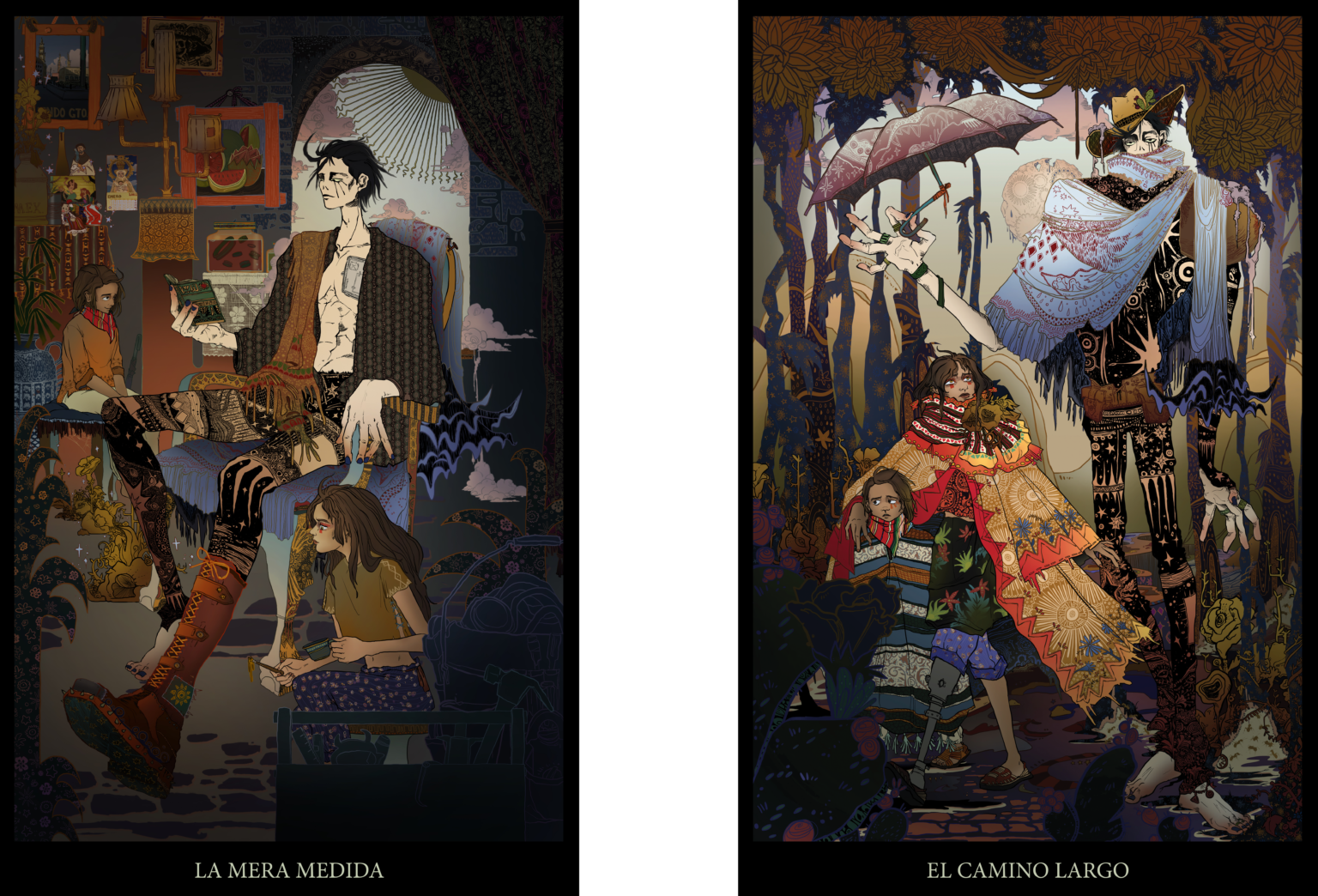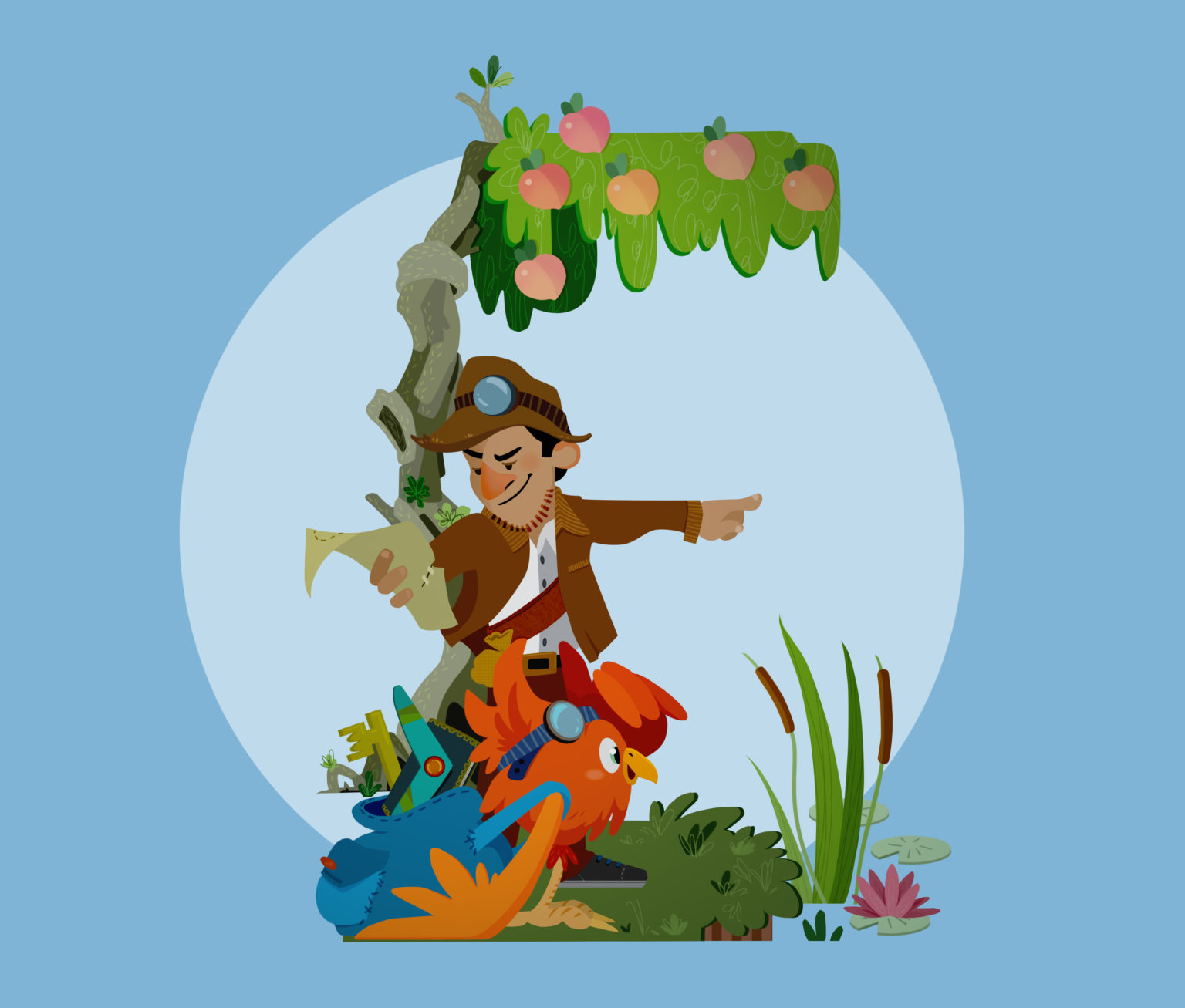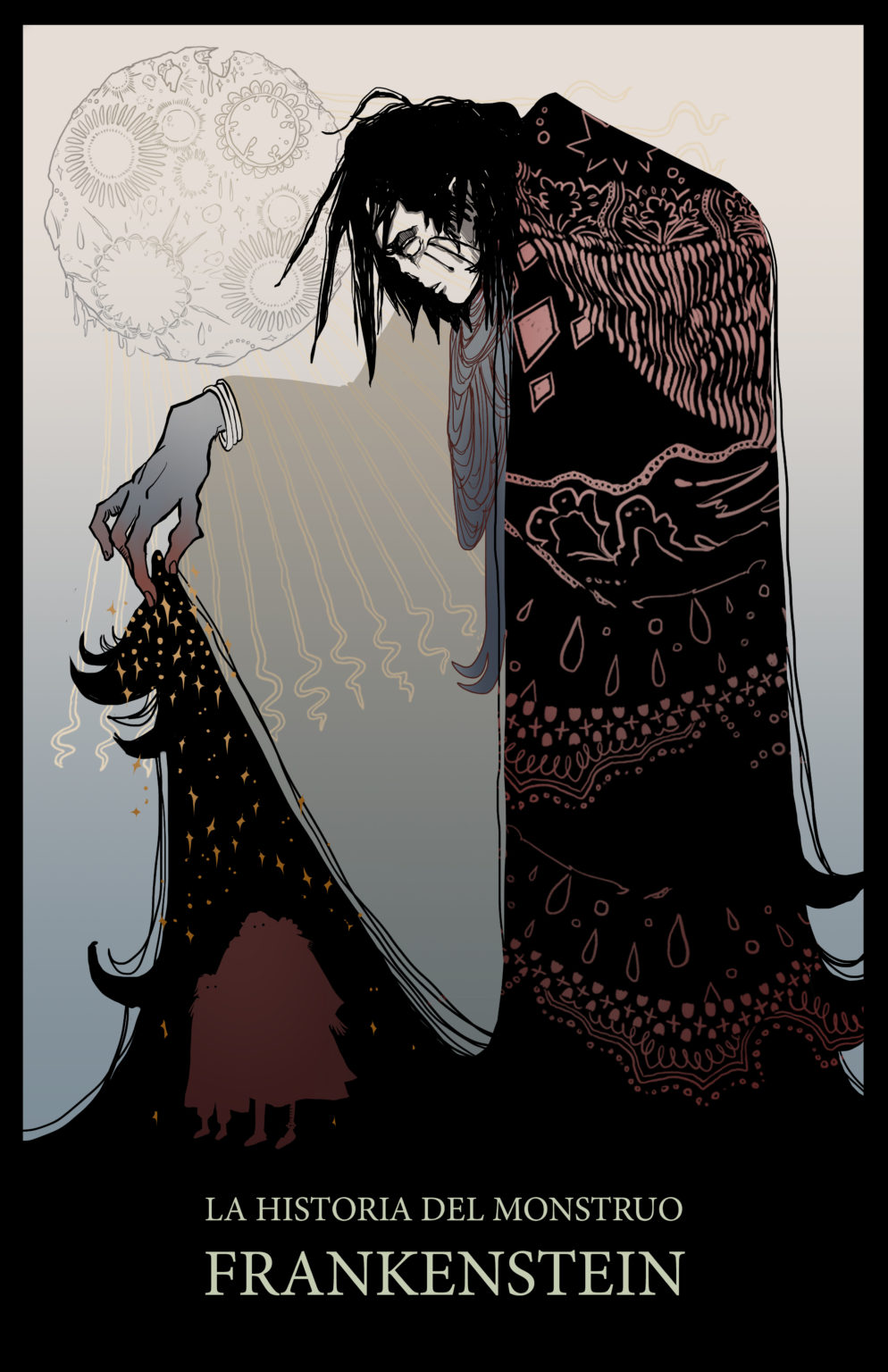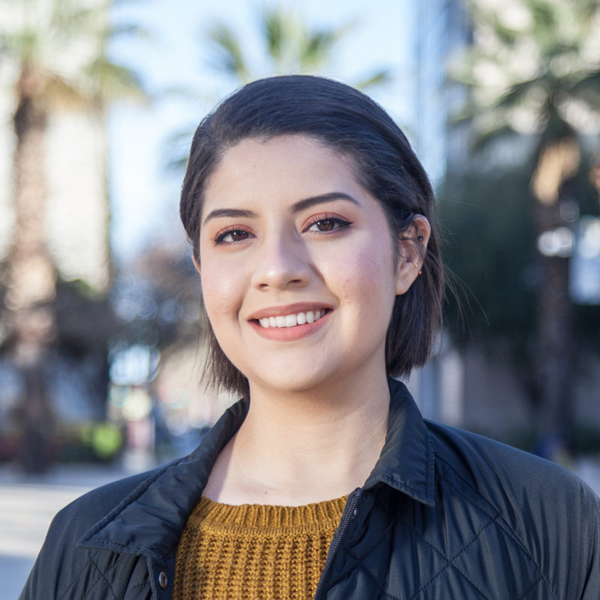November 2020 - Vannessa Plaza
Vannessa Plaza
Visual Development Artist
Visual Development Artist
Vannessa Plaza is a Visual Development Artist and aspiring high school art teacher who was born in Los Angeles and moved to the city of Tracy, California at the age of five. She attended San Joaquin Delta College in Stockton where her love of art drove her to pursue Art and Design as a professional career. Soon after, Vannessa was accepted into San Jose State University’s rigorous Animation/Illustration program, where she spent five years of her life focusing on Visual Development and Illustration.
After working in the industry as a graphic designer and a freelance artist, Vannessa decided to combine her love for art with her desire to help others. After working as an After School Program Teacher in 2018, she decided that teaching art in secondary education was the perfect career choice. Vannessa is currently a graduate student at the University of the Pacific in Stockton, where she is working on her single-subject credentials and will be eligible to teach by Fall 2021. As of now, she has been student teaching at a high school in Elk Grove, as well as mentoring 6th grade students in Animation through the Youth Cinema Project.
We’re happy to spotlight LXiA Member and Youth Cinema Project (YCP) mentor, Vannessa. Tell us more about yourself and your journey as a visual development artist.
Thank you for having me! The beginning of my artistic journey started off like many others; I’ve been drawing as soon as I was able to hold a pencil, and I remember constantly drawing for teachers, friends, and family. By the time I hit high school, I felt like art had become more of a leisure activity and decided to pursue Psychology after graduation. So there I was, a 20-year old girl attending a local community college with the intention of becoming a psychologist, when I arbitrarily decided to take a few art classes during my last year before transferring out. The passion that I once had for art quickly came back to me like a punch to the face, and instead of dismissing it I ended up embracing it.
After careful consideration, I decided to go into art that involved animation and illustration. San Jose State University quickly caught my attention due to its well-rounded program, as well as having the option to concentrate on Visual Development. I’ve always loved doing character design and concept art, so fitting into that mold seemed reassuring for someone that didn’t have a ton of knowledge in the arts to begin with. The program was incredibly difficult in part because I felt very behind especially when it came to doing digital artwork; I felt like I was one of the few students that had never worked on any drawing tablet until then. The close friends I made during my time at SJSU are what kept my head above the water when it came to my self-efficacy. To this day, I am proud to say that I’ve accomplished the goal of considering myself a Visual Development artist.

What other things are you focused on when you are not mentoring?
When I am not mentoring, you can find me teaching students at Elk Grove on Mondays and Tuesdays all day. During the rest of the week, I focus on preparing for YCP mentoring as well as attending my graduate classes and getting all of my assignments done in time. By the time I hit the weekend, I make sure to take some time for myself by sketching, watching Netflix, cooking, and solving 1000-piece jigsaw puzzles with my boyfriend. The only thing I wish I did more of is creating refined artwork for my Instagram account, which I’m hoping to fit into my busy schedule soon enough!

How is representation important for you to see in the animation industry, and how do see it changing starting with children?
Representation is extremely important for me to see in the animation industry, and I can confidently say that this was a major driving force of why I wanted to be a teacher in the first place. From my experience, I was never exposed to animation-based career opportunities until I was well into community college. Once I was able to attend these types of classes at SJSU, I noticed the lack of diversity especially when it came to POC representation, specifically African American and Latinx. I would hear many of my classmates talk about attending fancy art seminars each summer since grade school, while I was over here still struggling with the concept of such a thing.
Fortunately, I already see a more inclusive shift in our K-12 education here in California. Animation classes are sprouting all over the state including at the school where I currently teach, and I have been able to speak with other teachers involved with the animation programs regarding the diversity we see in our attendance rosters. We are proud to say that these introductory classes to animation have been much more diverse than they were even five years ago. The goal now is to make sure students are able to “stick with it” as the subject matter increases in complexity, as well as providing these students the ongoing demand for expensive software and hardware necessary to succeed in this career and its growing technological demands. Once we are better able to bridge these types of students into the animation industry, I am sure that we will be able to see a much stronger sense of representation not only by the color of their skin, but also by the stories they are able to emulate within art, film, and animation.
Can you tell us more about what you do as a YCP mentor and what the program entails?
My job as a YCP Mentor involves co-teaching along with another YCP Mentor the foundation of animation and script writing to a class of around twenty-seven 6th-grade students in Watsonville, California. Due to COVID-19, we have been doing this entirely remote, so it has been tricky teaching animation to our students. Despite the struggle to communicate this way they have been doing well, especially with the technological aspect! YCP’s goal is to help students obtain knowledge of both the film and animation industry as a career choice. Its focus is on next-generation emerging artists throughout our country, specifically towards communities with POC. YCP also exposes students to several academic opportunities, such as scholarships and the opportunity to engage with professionals within the industry.

What is your biggest hope as a YCP Mentor and why is this program so important to you?
My biggest hope as a YCP Mentor is to give each and every one of my students the feeling of equity when it comes to choosing an art-related career path once they finish their K-12 education. Sixth grade is an ideal time to begin looking into animation, so I feel extremely lucky to be a part of this program since my role might become the starting point of their interest into this career. All of my students are bilingual, so it has been a great experience having the chance to bond with them both culturally and personally, whether it is dissecting the feeling of losing an abuela all the way down to having a character eating a churro during Act One in their story and getting a good laugh about it. Although my YCP Mentor position is temporary, it has become one of my biggest personal accomplishments when it comes to helping others, especially Latinx students
Thank you for interviewing with us, Vannessa!

Follow Vannessa Plaza on social media!

